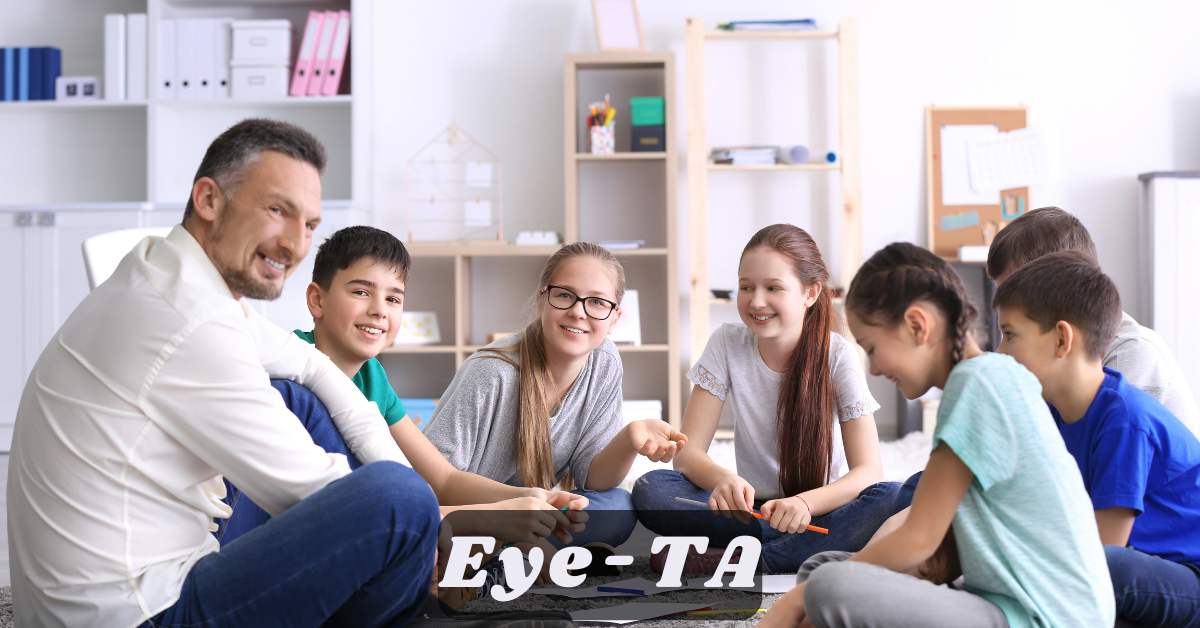Introduction
Early Years Evolution Teacher Assessment (Eye-TA) is a critical tool used in early childhood education to gauge the developmental progress of young learners. Understanding the key components of Eye-TA is essential for educators, parents, and stakeholders to ensure that assessments are conducted effectively and support each child’s growth and learning. This article delves into the fundamental elements of Eye-TA, exploring what teachers assess and why these components are vital for early childhood education.
The Framework of Eye-TA
What Is Eye-TA?
Eye-TA, or Early Years Evolution Teacher Assessment, is a framework designed to assess various aspects of a child’s development during their early years of schooling. It focuses on evaluating:
- Cognitive Development: How children think, learn, and solve problems.
- Social and Emotional Development: How children interact with others and manage their emotions.
- Physical Development: How children develop motor skills and physical coordination.
- Language and Communication Skills: How children use and understand language.
Purpose and Goals of Eye-TA
The primary purpose of Eye-TA is to provide a comprehensive assessment of a child’s growth and development. The goals include:
- Identifying Strengths and Areas for Improvement: Eye-TA helps educators pinpoint where a child excels and where additional support might be needed.
- Creating Tailored Learning Plans: Based on assessment results, teachers can develop personalized learning plans to address individual needs.
- Monitoring Progress Over Time: Regular assessments allow educators to track a child’s development and adjust teaching strategies accordingly.
Cognitive Development
Assessing Cognitive Skills
Cognitive development refers to the progression of a child’s ability to think, reason, and comprehend the world around them. Key areas of assessment include:
- Problem-Solving Abilities: Evaluating how children approach and solve problems, both independently and with guidance.
- Memory and Recall: Assessing how well children remember and recall information.
- Attention and Concentration: Observing how children focus on tasks and maintain attention over time.
Importance of Cognitive Assessment
Cognitive assessments are crucial for understanding how children process information and learn new concepts. They help educators:
- Identify Learning Challenges: Early detection of cognitive difficulties allows for timely intervention.
- Enhance Instructional Strategies: Insights from cognitive assessments can guide the development of effective teaching methods.
Social and Emotional Development
Evaluating Social Skills
Social and emotional development is fundamental to a child’s overall well-being and success in school. Key areas of assessment include:
- Peer Interactions: Observing how children interact with their peers, including cooperation and sharing.
- Emotional Regulation: Assessing how children manage their emotions and respond to social situations.
- Empathy and Understanding: Evaluating a child’s ability to understand and respond to the feelings of others.
The Significance of Social and Emotional Assessment
Assessing social and emotional development helps educators:
- Support Healthy Relationships: Understanding a child’s social skills can inform strategies to foster positive peer relationships.
- Address Emotional Needs: Identifying emotional challenges allows for the implementation of supportive measures to enhance well-being.
Physical Development
Measuring Physical Skills
Physical development involves the growth of motor skills and physical coordination. Key components assessed include:
- Gross Motor Skills: Evaluating large muscle movements, such as running, jumping, and climbing.
- Fine Motor Skills: Assessing small muscle movements, such as drawing, writing, and manipulating objects.
- Coordination and Balance: Observing how well children coordinate their movements and maintain balance.
The Role of Physical Assessment
Physical assessments are important for:
- Tracking Developmental Milestones: Monitoring progress in physical skills helps ensure that children are meeting developmental milestones.
- Promoting Active Play: Understanding physical development can guide the creation of activities that support motor skill growth.
Language and Communication Skills
Assessing Language Development
Language and communication skills play a crucial role in a child’s academic and social development. Important areas of evaluation include:
- Vocabulary and Speech: Evaluating the range of words a child uses and their clarity of speech.
- Understanding and Comprehension: Assessing how well children understand and follow verbal instructions.
- Expressive Language: Observing how children express their thoughts and ideas verbally.
Importance of Language Assessment
Language assessments are essential for:
- Identifying Communication Barriers: Early identification of language delays or disorders allows for prompt intervention.
- Enhancing Language Skills: Insights from assessments can help tailor activities and support to improve language and communication abilities.
Implementing Eye-TA: Best Practices for Educators
Effective Assessment Techniques
To ensure accurate and meaningful assessments, educators should:
- Use Diverse Methods: Employ a variety of assessment tools and techniques to capture a comprehensive view of each child’s development.
- Maintain Objectivity: Ensure assessments are unbiased and based on objective observations.
- Involve Parents: Collaborate with parents to gain insights into a child’s development outside the classroom.
Creating Actionable Plans
Based on assessment results, educators should:
- Develop Individualized Learning Plans: Tailor instructional strategies to address each child’s unique needs and strengths.
- Set Clear Goals: Establish specific, achievable goals for each child to guide their development and track progress.
- Monitor and Adjust: Regularly review and adjust learning plans based on ongoing assessments and feedback.
Conclusion
Grasping the essential elements of Eye-TA is vital for effectively evaluating and supporting young learners. By concentrating on cognitive, social-emotional, physical, and language development, educators can gain valuable insights into each child’s progress and adapt their teaching methods to meet individual needs. To use Eye-TA successfully, it’s important to employ a variety of assessment techniques, stay objective, and develop personalized learning plans. As early childhood education evolves, comprehensive assessments like Eye-TA will continue to play a crucial role in promoting positive developmental outcomes for young children.








